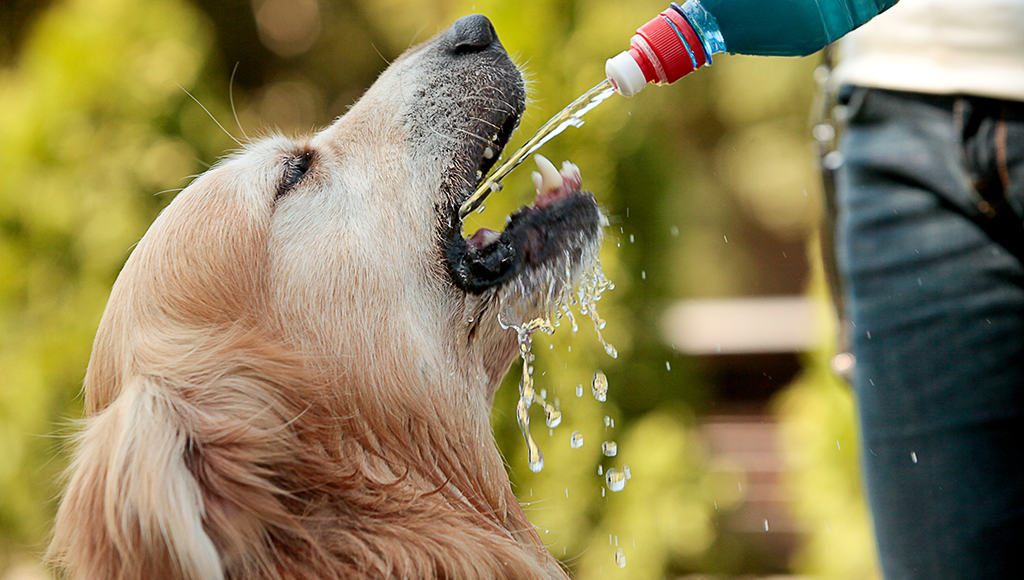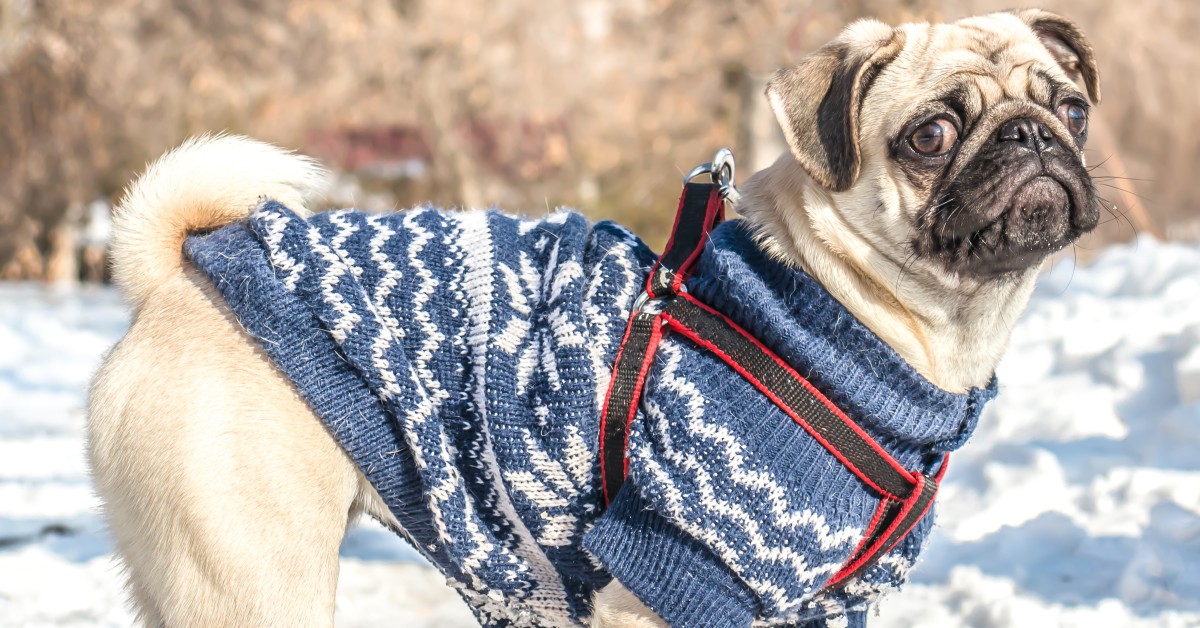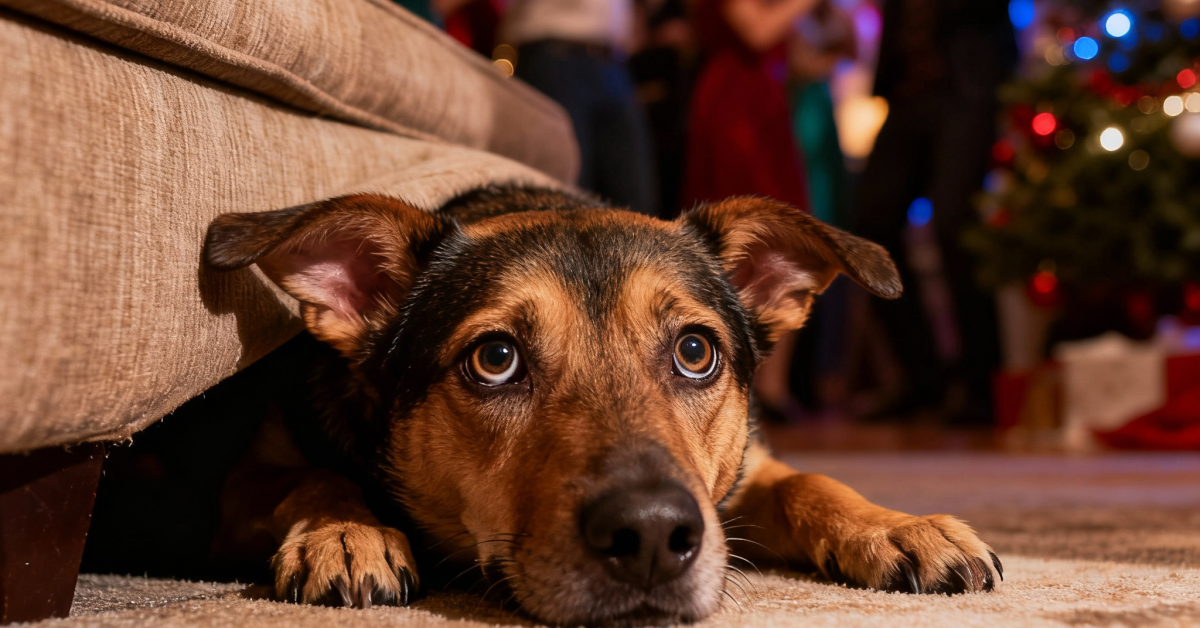Dehydration in Dogs and Cats
With warmer weather beginning, it's a good idea to establish a good routine of prevention now.

Dehydration can occur in animals, just as easily as it can in humans, and is every bit as serious, as well as preventable. With warmer weather beginning it’s a good idea to start a good routine of prevention with your pet now.
Dehydration in Dogs
Problems associated with dog dehydration closely parallel the problems that dehydrated humans experience. Keeping your beloved pooch hydrated will maintain the quality of his life and even extend it, just as it does for us.
Signs of dehydration:
Even mild dehydration can cause serious health problems, including problems of the circulatory system, reduced ability to work, kidney problems and heat stroke. Here are things to watch for:
1. Dryness of the mouth - does your dog's mouth appear less wet than normal?
2. Loss of skin elasticity - test this by picking up your dog's skin along his back, then let it go. It should spring right back into place immediately; if not, that is a sure sign of illness and dehydration.
3. General fatigue or weakness - your dog’s energy level isn’t what it normally is, and he seems unmotivated to be active.
4. Tremors - your dog make shake and tremble and seem feeble.
5. Sunken eyes - compare the appearance of your dog's eyes to what you are used to. This symptom of dehydration in dogs may signal serious dehydration requiring immediate professional attention.
Preventing dehydration in dogs:
There are several commonsense steps you can take to prevent canine dehydration:
1. Make sure there are always bowls of clean, fresh, cool water available, both indoor and outdoors.
2. Replace water frequently so it tastes fresh and invites your dog to drink it, even if it doesn’t seem dirty or warm.
3. Add a little water to food if you notice your dog is mildly dehydrated, or does not drink often enough to get plenty of fluid.
If your dog doesn’t like the taste of tap water, try giving your dog fresh filtered water to encourage drinking. Keep water offered to your dog consistent by using the same water source as often as possible. Filtering your water and collecting it from the same fountain may help. Dogs may refuse to drink water that doesn't smell or taste familiar, even if it is fresh.
Dehydration in Cats
Although the health problems in feline dehydration also parallel human dehydration, one difference is that it is much more life-threatening to felines. Just as in humans, even mild dehydration in felines can cause circulatory problems, reduced ability to function and kidney problems. Dehydration in cats occurs pretty quickly because of their usual small size.
Cats are roughly 60% water. Even a 5% loss of water weight can cause serious health problems, while a 10% loss could even be fatal. Note that 10% of an average cat's water weight is no more than about a liter of water. Your cat's dehydration involves loss of water and loss of vital electrolytes such as sodium, chloride and potassium.
Signs of Dehydration:
1. Loss of skin elasticity - test this by picking up your dog's skin along his back, then let it go. It should spring right back into place immediately; if not, that is a sure sign of illness and dehydration.
2. Thick saliva - touch your cat’s gums; they should be wet with liquid saliva, not jell-like saliva.
3. Fatigue and lethargy - cat’s nap constantly, but this would be excessive napping and unwillingness to move from one spot.
4. Constipation - a sign that not enough fluids are in the bowels.
5. Increased heart rate - if you notice your cat’s heart is racing while in a sedentary state.
6. Sunken eyes - this is a serious sign you need to get your feline to the veterinarian ASAP.
Please note that only moderate to serious dehydration is easily detected. Your cat is most likely to be affected by dehydration before you notice any obvious signs.
Causes of Dehydration
1. Vomiting causes loss of water
2. Diarrhea
3. Increased urination - due to various reasons
4. Diabetes
5. Kidney problems
6. Heatstroke and fever
7. Shock, which is a lack of blood flow
8. Not drinking enough water
9. Only eating dry cat food. Cats eating only dry foods tend to drink more water than cats eating moist canned foods. However, dry food eaters still end up less hydrated than cats who are offered canned foods.
It is important to note that cats don't have a strong thirst sensation to begin with, which is why it is important to make sure your cat gets enough water. In the wild, cats get most of their water from their prey. Canned foods are preferred since they are closer to prey in moisture content.
Preventing Dehydration
1. Keep your cat hydrated at all times, especially before stressful events (a move to a new location, vacation, a temporary houseguest, new baby). You may want to over hydrate your cat. Stressful events may reduce your cat's sensation of thirst, which is normally minimal.
2. Add a little liquid to food, including dry food.
3. Offer an electrolyte solution to help your cat retain fluids (Pedialyte or Gatorade can be combined with water and then offered).
4. Offer ice chunks to encourage slow water intake.
5. Give water by medicine syringe, right into the mouth if your cat will allow it.
6. Fresh filtered water may help encourage your finicky cat to drink more water.
Please note, that if your cat has not been drinking enough, offer water frequently but only a little at a time as your cat may not be able to hold much water at the beginning.
Ready to start saving money on pet wellness care?
Then take a look at Mint Wellness, the pet wellness plan that provides fast reimbursement on routine pet care. Save on vaccinations, wellness exams, preventatives, dental, and more!
Learn More


